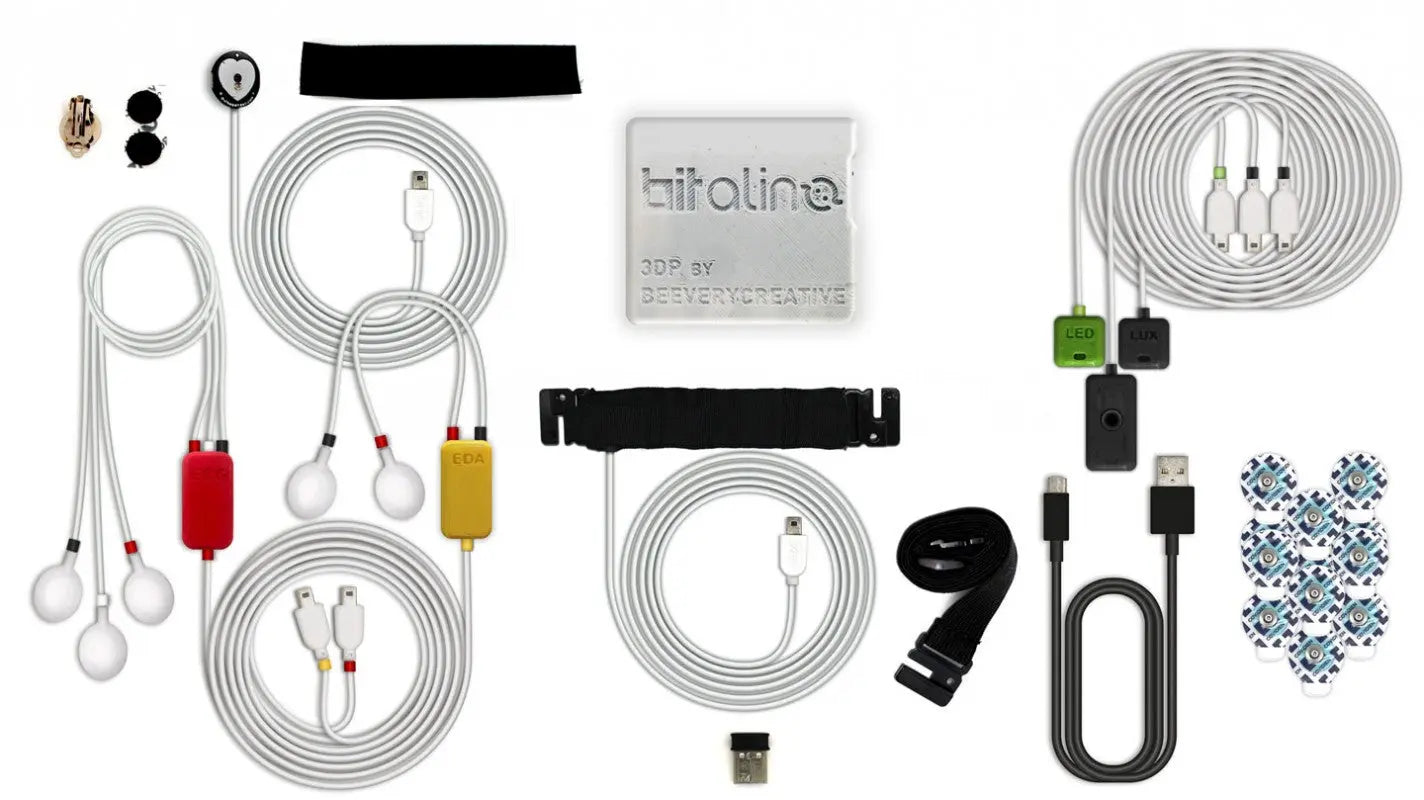| ECG |
|---|
| ECG is a simple and safe way of detecting the electrical signals produced by your heart each time it beats, using disposable sensors attached to the skin (collarbones and hips). The equipment we use is intended for use in research and is not a medical device. The study is being undertaken for research purposes only, and the researchers will not be able to provide any feedback regarding your ECG following participation. If you have any concerns about your heart and/or related health issues, you should contact your GP. Skin Sensitivity: We kindly request that participants refrain from volunteering for the study if they are aware of having sensitive skin to adhesives or materials such as silver and silver chloride. If you have experienced skin reactions or allergies to these materials in the past, we advise against participation. Your comfort and well-being are our top priorities, and we appreciate your understanding in ensuring a safe and suitable research environment. |
| PPG |
|---|
| We will be recording your pulse (blood flow) via a sensor on the tip of your finger to measure your heart rate. |
For ECG with disposable electrodes, the main "risk" is that of an allergic reaction towards the adhesive materials present in the electrode pads. Though very rare, please ensure to identify and address this risk in your study.
Here is an example of risk assessment that you should include:
| Hazards & Controls |
|---|
| Potential hazards: Allergic reaction to electrodes Who might be harmed and how: Participants, dermatitis caused by the allergic reaction from the electrodes What current controls are in place to avoid harm: Participants will be asked before the placement of the electrodes if they had negative experience in the past with similar equipment. Additionally, the researcher will monitor potential discomfort or skin redness after the placement of the first electrode and remove everything if any suspicion arises What further control measures are required to reduce risk: N/A Who will do this: Researchers and participants When must this be done: During the study Completed on: N/A |
| Cardiac Recording |
|---|
| Cardiac activity will be collected through a BITalino device via ECG, with 3 disposable electrodes placed on the chest. The researchers will receive proper training to handle the equipment and ensure participants' comfort and safety during the setup and recording process. Participants will be provided with instructions prior to the experiment regarding the electrode placement on their collarbones and above the hip bones. They will also be advised to wear loose and comfortable clothing. Upon the placement of the first electrode, researchers will carefully observe and inquire about any signs of potential allergic reactions, such as redness or discomfort. If any such reactions occur, the device will be promptly removed. The pulse will also be recorded via fingertip PPG as a backup measure of heart rate. During data collection, strict adherence to all manufacturer instructions will be maintained. Brand-new electrodes will be used for each participant to ensure hygiene standards and accurate signal quality. |
The ECG capabilities of BITalino offer users a high-quality sensor module for the accurate capture of electrical impulses from the heart. The platform allows for real-time monitoring, signal processing, and the storage and export of ECG data for analysis. Integration with other sensors enables full multi-modal data collecting, making it an invaluable tool for cardiovascular research, arrhythmia detection, and the creation of biofeedback systems. The ECG module from BITalino enables users to investigate and comprehend heart physiology in a variety of settings.
Link to the official website: https://www.pluxbiosignals.com/pages/bitalino
ECG electrode placement with modified Lead II involves a specific arrangement of electrodes on the patient's body to capture electrical activity in a distinct manner. In this modified setup, the white electrode is positioned below the right collarbone, the black electrode below the right ribs, and the red electrode below the left ribs. The modified Lead II configuration may yield improved signal quality compared to other lead placements. This can reduce interference, artefact, or noise that could hinder the interpretation of the ECG recordings. Higher-quality signals enable more precise analysis and facilitate accurate diagnosis.
Link to the article: https://www.researchgate.net/publication/4369781_Psychophysiological_experimental_design_for_use_in_human-robot_interaction_studies#pf5
